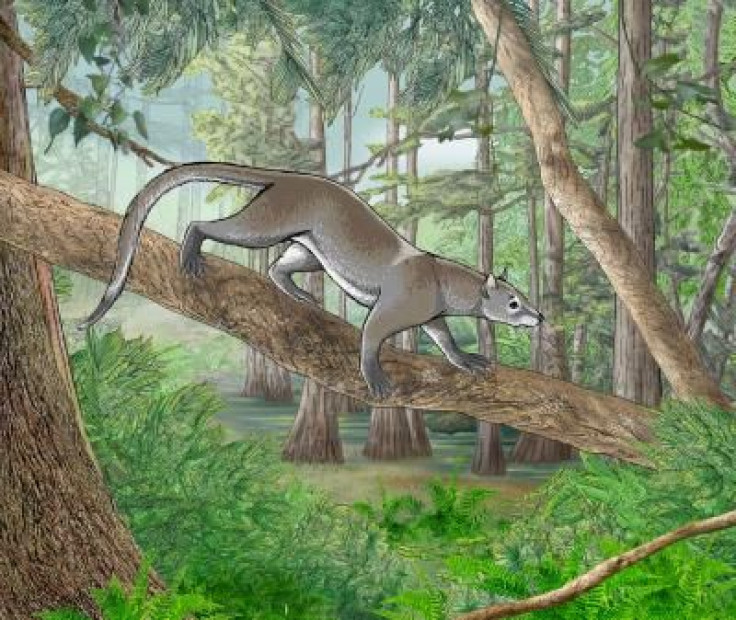Newly Discovered ‘Dormaalocyon Latouri’ Fossils Shed Light On Origins Of Carnivorous Mammals [PHOTOS]

New fossils found in Belgium may shed light on the origins behind cats, dogs and other carnivorous animals.
The discovery, described in the Journal of Vertebrate Paleontology, points to a 2-pound tree-dwelling species that ate smaller mammals and insects. Dubbed Dormaalocyon latouri, paleontologists recovered 250 teeth and ankle bones of the newly discovered species and found they were related to modern carnivorous mammals.
"It is one of the oldest carnivorous mammals which is related to present-day carnivores," Floréal Solé, a paleontologist at the Royal Belgian Institute of Natural Sciences in Brussels, told LiveScience about the fossils found in Dormaal, east of Brussels.
The findings, which included an entire tooth row including “baby” teeth, looked primitive. This led researchers to the conclusion that the species belonged to one of the earliest carnivoraforms, which may have originated in Europe. The ankle bone fossils suggest the animal lived in trees.

Dormaalocyon lived about 55 million years ago during an extremely warm period known as the Paleocene-Eocene Thermal Maximum. The species made its way to North America during this time, which "supports the existence of a continuous evergreen forest belt at high latitudes during the PETM," according to Solé.
The findings support similar studies that have drawn links to the emergence of carnivores during the Paleocene, before Dormaalocyon's time, Gregg Gunnell, the director of the division of fossil primates at the Duke Lemur Center in North Carolina, told LiveScience.
"It really shows that there is a lot of diversity very early in the Eocene, and we have absolutely no idea where it came from," Gunnell said.
The discovery also points to the existence of an even earlier species, Solé said. "The understanding of the origination of the carnivoraforms is important for reconstructing the adaptation of placental mammals to carnivorous diet,” he said. “Our study shows that the carnivoraforms were very diversified at the earliest Eocene, which allows hypothesizing that they were probably already diversified during the latest Paleocene."
© Copyright IBTimes 2024. All rights reserved.












